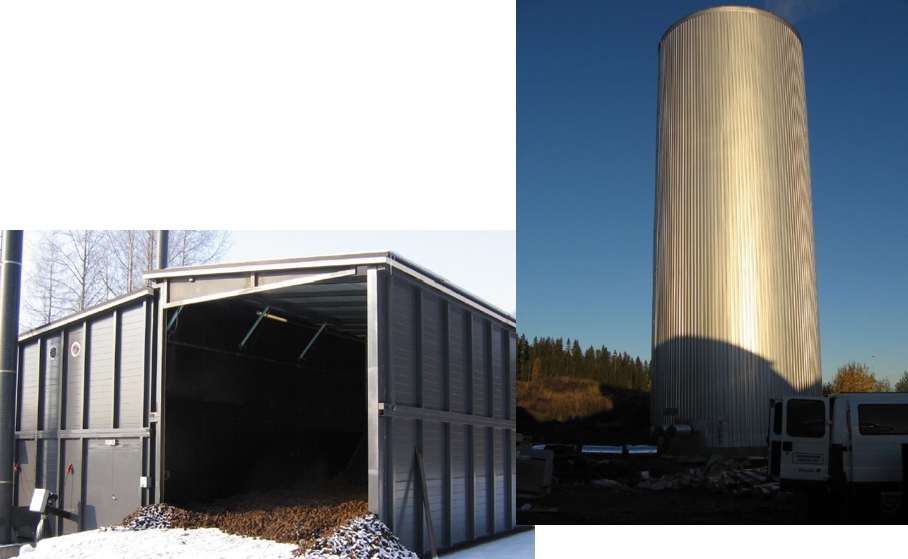
Greenhouse heating with biomass is an ecological solution that will provide long term financial benefits for the greenhouse operator. In many cases, the greenhouse will produce sub-products that can be used as fuel for the biomass heating system. Säätötuli offers biomass heating solutions for greenhouses with hot water boilers and hot air furnaces. You can read more on this subject on the “Heating greenhouses with biomass” presentation you can download with the link below.
In Northern countries with cold weather like Canada, heating a greenhouse requires large amounts of energy. Therefore, heating a greenhouse with fossil fuels will end up with a huge heating bill and a huge carbon footprint. Biomass heating can provide a cost-effective alternative that is also carbon-neutral.

In many cases, the biomass boiler will even be able to burn some of the by-products of the greenhouse, meaning free heating fuel for the owner. Burning agricultural by-products may require an environmental permit in Quebec and some other provinces as well.

Greenhouse heating in Northern countries
Greenhouses with automated lights present a challenge for heating as they have a strong peak demand for heat at the moment when the lights go out. This is not really the case with the newest LED systems, but is a big problem for greenhouses with older electric lightbulbs which generate large amounts of heat.
Biomass boilers are quite expensive compared to other types of heating devices. Therefore, installing a huge biomass boiler to be used at full capacity only for such an energy peak is usually not cost-effective.
Generally, the best investment / savings ratio for greenhouse heating with biomass will be for a biomass boiler that will cover around 50 to 60% of the output needed during the daily peak demand. As the peak represents only a small part of the day, such a biomass boiler will cover between 80 and 90% of the annual heat demand of the greenhouse.
To cover the needs during the heat demand peak, it is possible to install a huge buffer tank filled with water that will store enough heat to be able to go through the heat demand peak. The heating system will then be able to meet the demand during the peak, and reheat the buffer tank during the rest of the day.
The other solution is to install a fossil-fuel fired boiler that will start only to provide the extra peak energy needed when the need exceeds the output of the biomass boiler. If the biomass boiler is installed on an existing greenhouse, the best way is to keep the existing boilers as backup and for peak energy.
You can use our biomass project calculation tools to estimate the boiler output you will need for your greenhouse (be sure to select the output estimator for greenhouses).
Hot-water or hot-air heating system

In most cases, greenhouses will use a hot water heat network to distribute the heat inside the building. It is however possible to heat a greenhouse with a hot air generator. In that case the installation may be cheaper, but there will be no way to store the energy and homogeneous heat distribution is a little bit trickier to make.
Greenhouses may also be heated with steam. However, steam technology adds a lot of regulations on the boiler and the heat network, meaning that only huge greenhouses can be heated cost efficiently with steam. In many cases, old low pressure steam operated heating systems can be retrofitted to be used with hot water instead.

 Download PDF presentation
Download PDF presentation Download PDF brochure
Download PDF brochure